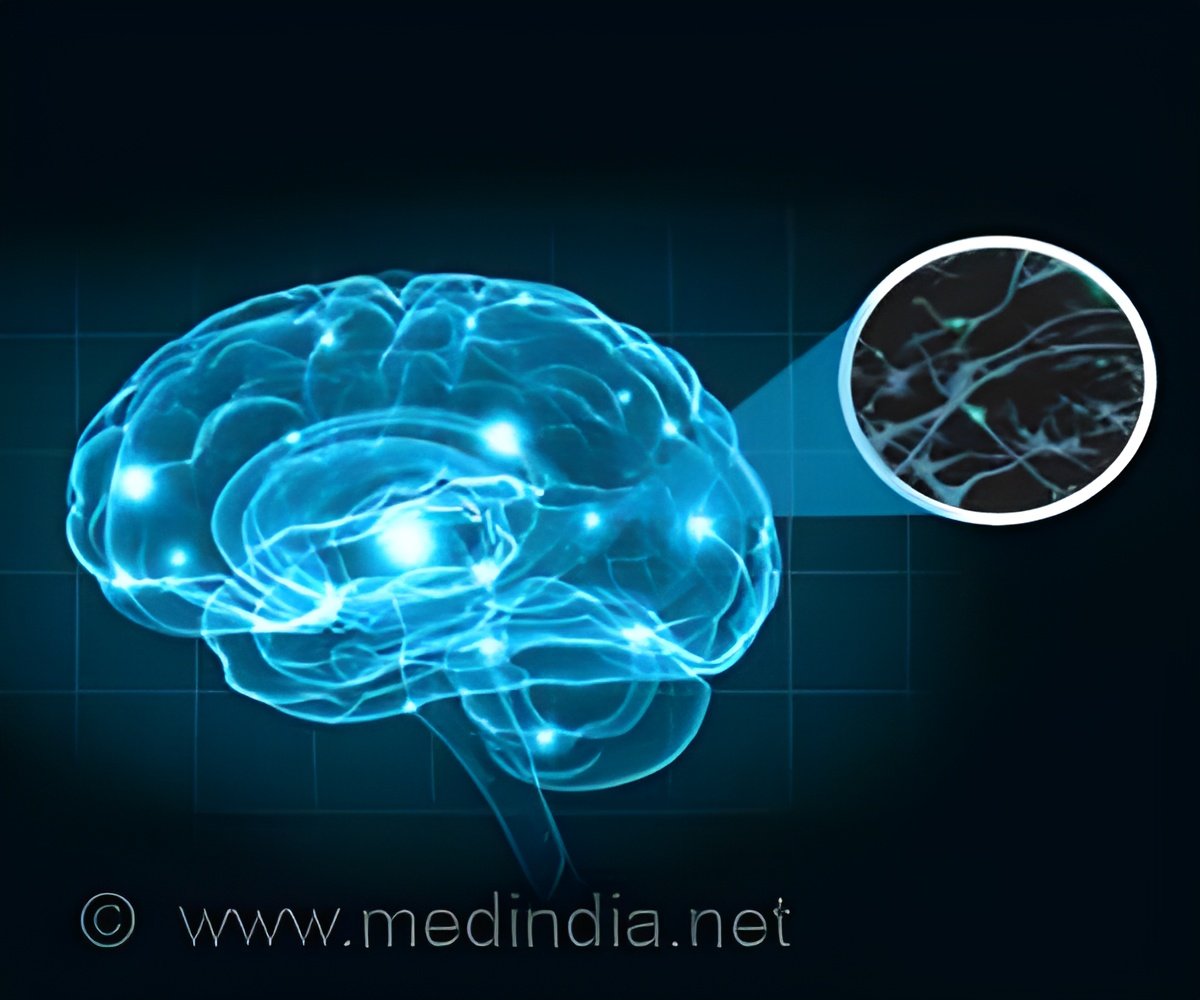First signs of Huntington's, an inherited disease that slowly deteriorates bodies and minds, don't typically surface until middle age. New study traced the cause of disease.

‘Neuroloids helped to understand the mechanisms that govern brain development and testing new drugs that set these mechanisms back on the right course,’
Read More..




Previous work in the Brivanlou lab found evidence that the disease arises in young neurons; but this latest study takes the developmental timeframe back even further, to the step in the brain’s development when cellular uniformity gives way to the emergence of particular structures, a process called neurulation. Read More..
When the researchers introduced into neuroloids a mutation known to cause Huntington’s, it consistently caused dramatic effects with abnormally shaped tissue structures. "Something’s collapsed," Brivanlou says.
The researchers have started using the technology to screen for drugs that prevent these abnormalities, an approach they hope will provide a powerful alternative to similar work being done in animal models.
"This technology really opens a door toward identifying that mechanisms that govern brain development, understanding how they go awry in disease, and testing drugs that set these mechanisms back on the right course," says Brivanlou.
Source-Eurekalert







